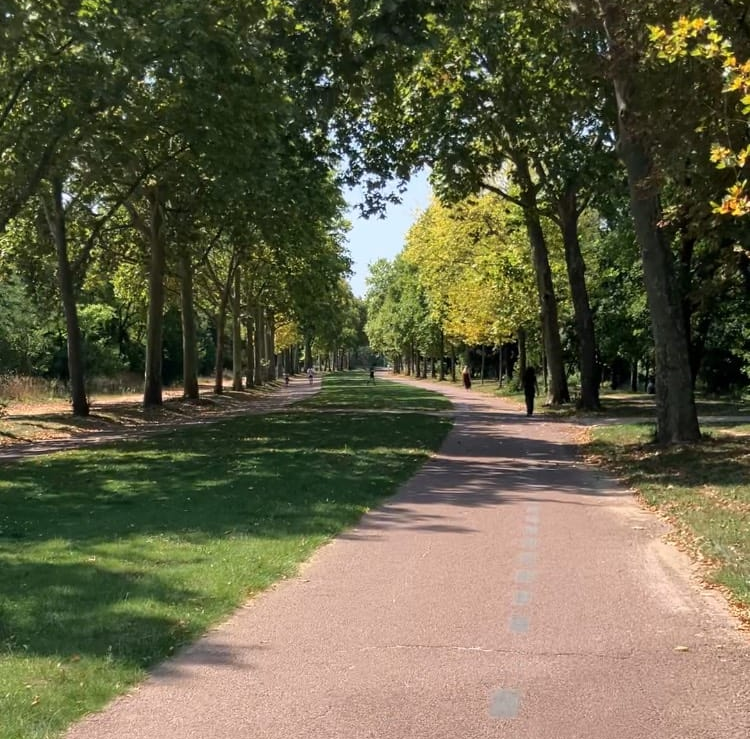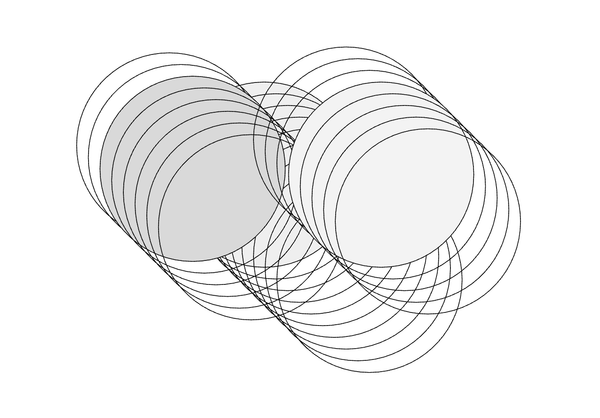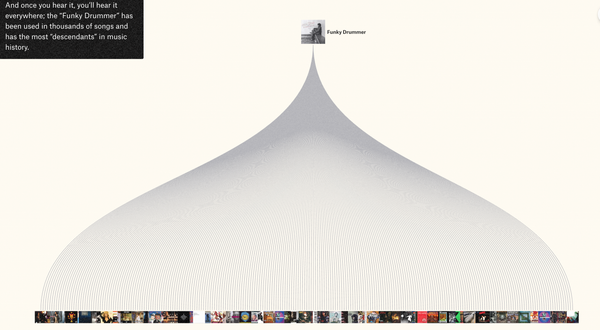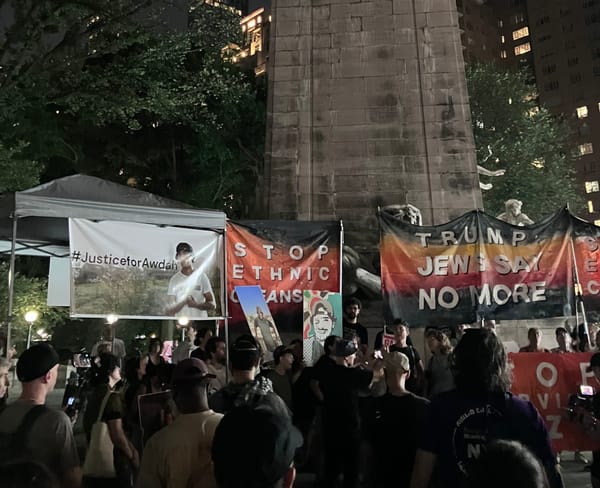This New York City is a bad deal

But it doesn't have to be.
We know we need a more affordable city. Perhaps we know this so deeply – see it in with every rent payment and every exorbitant expense – that we forget that what we’re paying so much for ought to be much, much better.
We could have a safer city. We could have a city where residents are not just safer from interpersonal and state violence, but from the dangers of industry and accidents of a dense city. That city would have subways that have platforms screen doors in front of hurtling trains, roads without potholes that endanger cyclists and damage cars. It would feature protected bike lanes, pedestrian streets, and better crosswalks and corners that improve safety for everyone. This city would regulate and ban the most dangerous heavy trucks from streets they shouldn’t be on and end impunity for superspeeders that routinely endanger other residents. Reducing the presence of cars cools cities that are increasingly and dangerously hot – but it’s far from the only way. A safer city is also a cooler city, one that spreads green spaces, shade, and reflective treatments to protect residents from oppressive heat. And when people are harmed or injured or sick, this city would have easy and equitable access to healthcare at hospitals and public health centers.
We could have a cleaner city. Sidewalks overflowing with garbage and rats are not inevitable features of big cities, as nearly all peer cities prove. This city would have trash containers that hold the city’s garbage and recycling and compost systems that actually recycle and compost. With less street garbage, this city would also have a street cleaning system that didn’t simultaneously aggravate drivers and increase pollution. The air, generally, would be cleaner thanks to a whole suite of reforms and incentives. And, of course, it would have convenient and clean public toilets in well-maintained parks and throughout the city.
We could have a quieter city. A big city is not necessarily a loud city. We will know this when helicopters and planes and heavy vehicles are routed away from our homes, when emergency vehicles use sirens less often and use softer ones when they need to. Our big city would have a big network of automated noise cameras that reduce the incidence of cars and motorbikes that make excessive sound. A modern subway system wouldn’t hurt to hear, either. Adequate enforcement of construction noise regulations would quiet what we build, while developing green space and buffer zones would build dampeners into the city's structure.
And for all that we pay, we could certainly have a more enjoyable city. Our city would have far more parks and gardens, more open and staffed beaches and pools. This city would have well distributed municipal gyms and sports facilities. We would have a world-class libraries that serve as community resource, civic center, and cultural hub. This city supports arts spaces and night life – and performers and artists themselves. Our city would encourage street vendors, facilitate outdoor dining, host food markets, and protect open streets. When we decide to rest, we would connect to free, high-speed internet anywhere we are.
I would ask you to dream of this future New York City that matches its price tag, but poorer and less expensive cities around the world have already proved that these are real features of livable cities now. No doubt: many of these changes will require money. The first objection will be that we can’t afford it. But there’s also no doubt that the money exists in the wealthiest city in the world. The people we need exist, too – millions upon millions who can demand we deserve far better than what we’ve become accustomed to, at this or any price.



